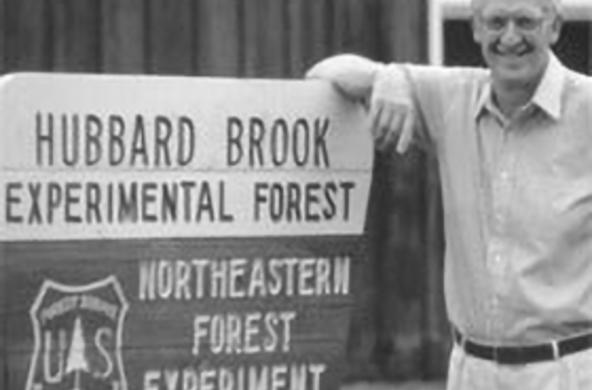Since the 1960s, scientists have converged on the Hubbard Brook Experimental Forest in the White Mountains of New Hampshire to explore how forest ecosystems work. From the flow of water and nutrients to the ecology and behavior of animals, Hubbard Brook: The Story of a Forest Ecosystem captures the rich history of research at the site, including how it has transformed environmental policy and resource management.
Cary Institute President Emeritus Gene Likens co-authored the book with Richard Holmes of Dartmouth College. Longtime members of the Hubbard Brook community, they provide an insider’s view on this unique forest-turned-laboratory. Hubbard Brook is where Likens and colleagues first discovered acid rain in North America. This work has informed a range of policy measures, including the 1990 Clean Air Act Amendments.
Another hallmark of Hubbard Brook has been the experimental manipulation of whole watersheds, revealing how environmental stresses ripple through forest ecosystems, influencing everything from soil fertility and the tree growth to the survival of animals and the quality of water delivered downstream. Research at the site has resulted in more than 1,500 peer-reviewed publications, with insights that are instrumental to the protection of air and water resources, sustainable forestry, and wildlife conservation.
Today, some 50 investigators from more than 20 institutions work at Hubbard Brook, making it one of the longest running and most comprehensive ecosystem investigations in the world.






